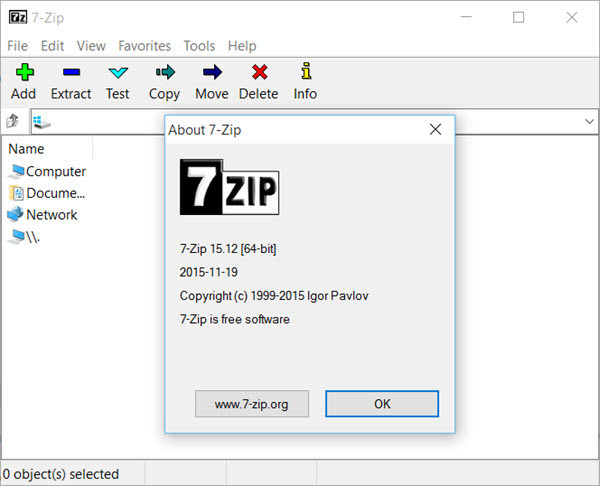
Send the compressed file to your intended recipient, who can then decompress the file just by clicking it. Windows creates a new zip file and gives it an identical name as the PowerPoint file. Right-click the presentation, and select Send to > Compressed (zipped) folder. If you don’t see the Start button, move your mouse to the bottom-left corner of the screen.īrowse to the presentation you want to compress. Use the Windows Start menu: Right-click the Windows Start button, and select Open Windows Explorer (Windows 7) or File Explorer (Windows 8, Windows 8.1, Windows 10, and Windows 11). In Windows 8, use the keyboard shortcut: Press the Windows key + E on your keyboard.

Open Windows Explorer (Windows 7) or File Explorer (Windows 8, Windows 8.1, Windows 10, and Windows 11) in one the following ways: Compress (zip) a presentation with Windows Explorer or File Explorer

You can also compress the media files within the presentation so they're a smaller file size and easier to send. You can compress, or zip, the file in Windows, which shrinks the size of the file but retains the original quality of your presentation.

When you want to send your PowerPoint presentation to others, it’s easier to do when the file size isn’t too big.


 0 kommentar(er)
0 kommentar(er)
